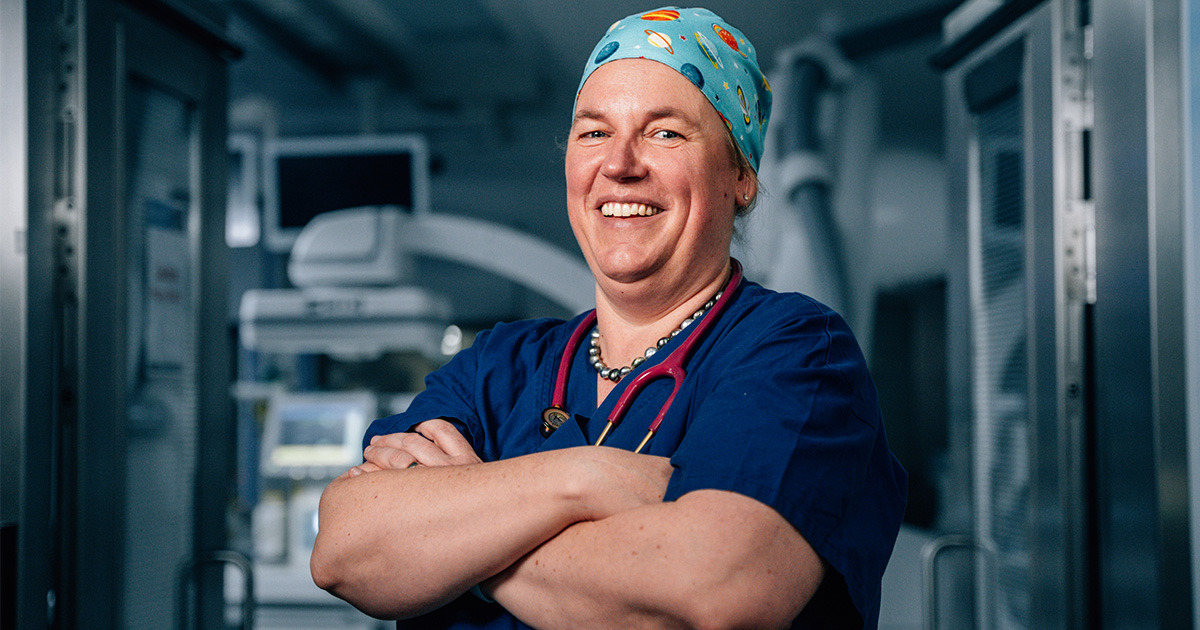Search
Research
Trends in paediatric anaesthesia research publications and the impact of author sex, country of origin, topic, and external fundingThe current research landscape has become increasingly competitive with approximately 35% of submitted manuscripts accepted for publication by peer-review journals. It is known that studies with certain 'favourable characteristics' have an increased likelihood of acceptance for publication, such as prospective study design, multiple sites, and notable authors.
Research
3-Dimensional Virtual Reality Versus 2-Dimensional Video for Distraction during the Induction of Anesthesia in Children to Reduce Anxiety: A Randomized Controlled TrialPreoperative anxiety is common in children. It can contribute to negative experiences with anesthetic induction and may cause adverse physiological and psychological effects. Virtual reality (VR) and electronic tablet devices are 2 audiovisual distraction tools that may help to reduce anxiety and enhance the preoperative experience. This study aimed to compare the use of an immersive 3-dimensional (3D) VR to 2-dimensional (2D) video on anxiety in children during induction of general anesthesia.

News & Events
Prime Minister’s Prize for pioneering WA anaesthetistCongratulations to trailblazing Western Australian paediatric anaesthetist and researcher Professor Britta Regli-von Ungern-Sternberg, who has been awarded a prestigious Prime Minister’s Prize for Science for globally influential research that has made surgery and recovery safer for babies and children.
Research
Parents' perspectives towards paediatric confectionary masked medications: a qualitative studyThe availability of age-appropriate, taste-masked oral solid medications for the paediatric population is currently inadequate. We have developed a novel chocolate-based drug delivery platform to taste-mask bitter drugs commonly utilised in the hospital setting, but there is limited evidence regarding parent's perspectives on these medications.
Research
Preoperative preparation of children with upper respiratory tract infection: a focussed narrative reviewThis review summarises the current evidence for the perioperative preparation in children with upper respiratory tract infections (URTI), including COVID-19 infection. URTI, including COVID-19 infection, are common and frequent in children who present for elective surgery. Children with URTI are at increased risk of perioperative respiratory adverse events.
Research
The effect of the COVID-19 pandemic on paediatric anaesthesia research as evidenced by the contrasting recruitment experiences of centres in Australia and ScotlandBritta Regli-von Ungern-Sternberg AM FAHMS MD, PhD, DEAA, FANZA Chair of Paediatric anaesthesia, University of Western Australia; Consultant
Research
Behavioural and neuropsychological outcomes in children exposed in utero to maternal labour epidural analgesiaRecent studies report conflicting results regarding the relationship between labour epidural analgesia (LEA) in mothers and neurodevelopmental disorders in their offspring. We evaluated behavioural and neuropsychological test scores in children of mothers who used LEA.
Research
Airway management in the paediatric difficult intubation registry: a propensity score matched analysis of outcomes over timeThe Paediatric Difficult Intubation Collaborative identified multiple attempts and persistence with direct laryngoscopy as risk factors for complications in children with difficult tracheal intubations and subsequently engaged in initiatives to reduce repeated attempts and persistence with direct laryngoscopy in children. We hypothesised these efforts would lead to fewer attempts, fewer direct laryngoscopy attempts and decrease complications.
Research
Atelectasis and lung recruitment in pediatric anesthesia: An educational reviewGeneral anesthesia is associated with development of pulmonary atelectasis. Children are more vulnerable to the development and adverse effects of atelectasis. We review the physiology and risk factors for the development of atelectasis in pediatric patients under general anesthesia.
Research
Developmental respiratory physiologyVarious developmental aspects of respiratory physiology put infants and young children at an increased risk of respiratory failure, which is associated with a higher rate of critical incidents during anesthesia.
